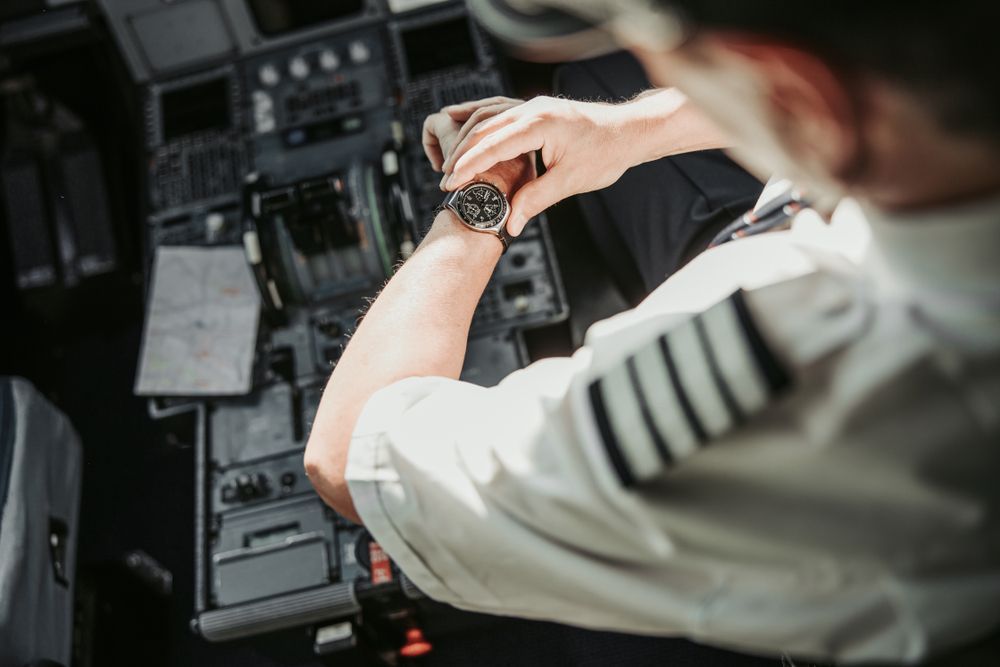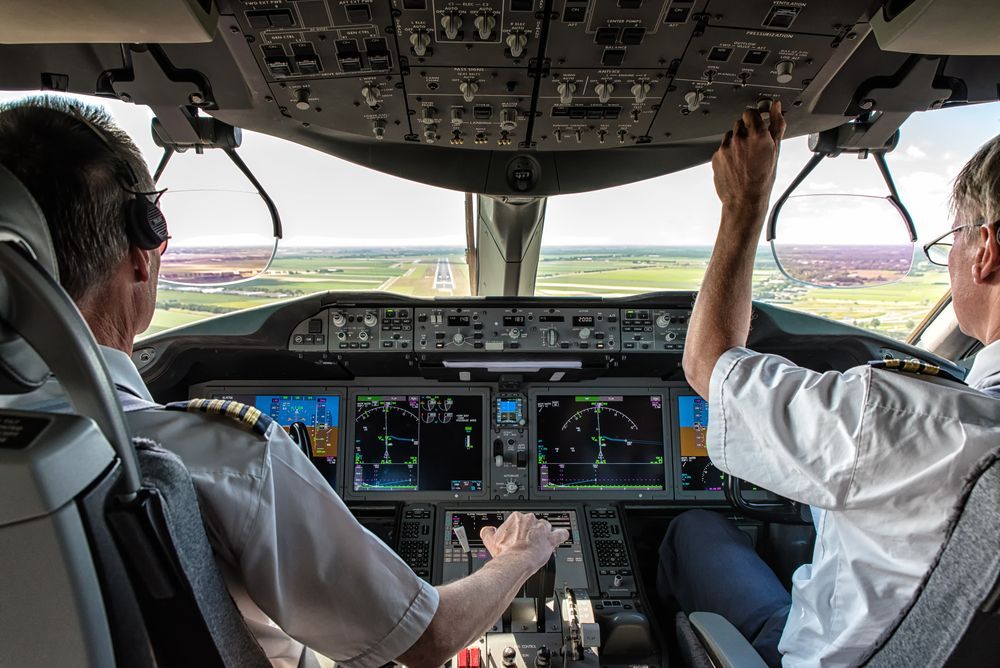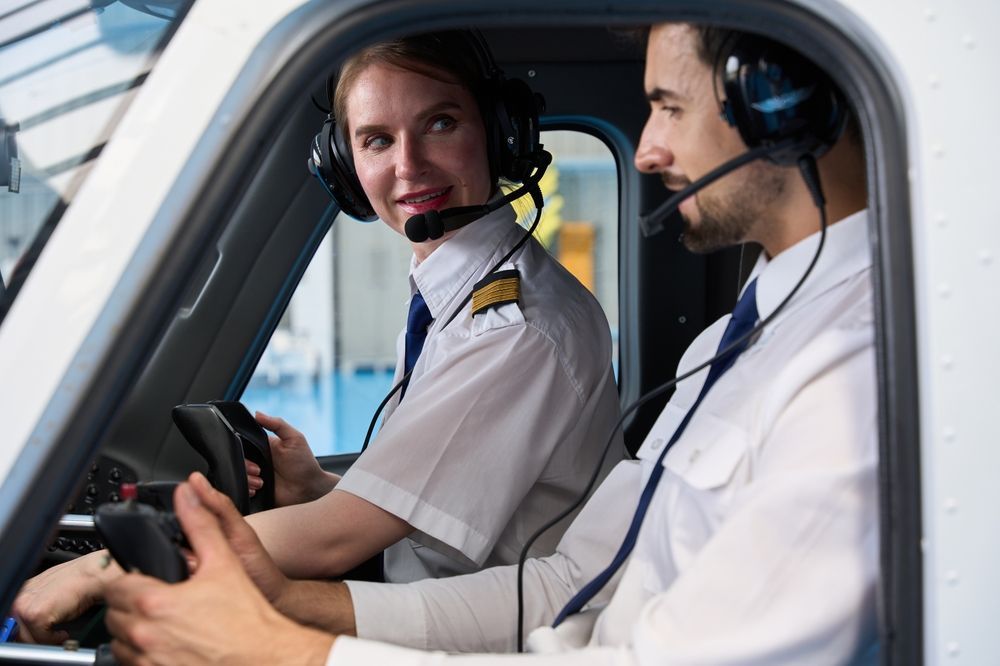IFR vs VFR Flying: What Every Pilot Should Know
Share this article:
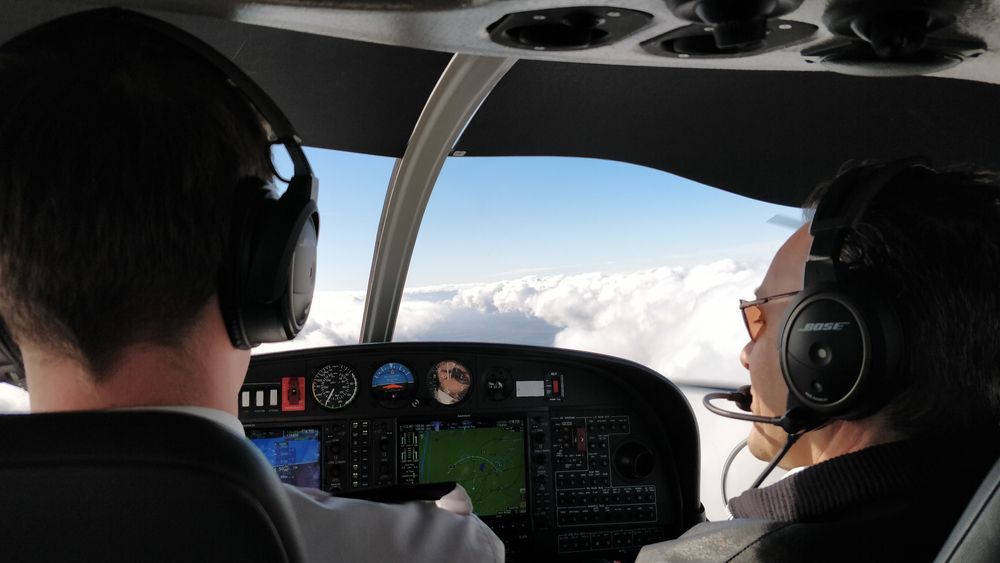
If you’re getting started in the world of aviation, you may or may not have encountered the terms VFR and IFR before. Learning the difference between IFR vs VFR can be confusing for new pilots, so we’ll go over the essentials of both types and the benefits of earning either rating.
What is VFR?
Beginner pilots will first become acquainted with visual flight rules (VFR) as part of their training. Visual flight rules are followed when weather conditions are clear and visible three miles in front of them at the minimum. It is the pilot’s responsibility to be alert of sudden weather changes that can affect visibility and avoid collisions with other aircraft.
VFR exists to ensure pilots don’t lose visibility and put themselves in dangerous situations. It might seem logical for pilots to be able to see in front of them when flying, but varying weather conditions make this harder than most may imagine.
You’ll still need to be wary of special conditions, if they apply. If an airport is currently following Marginal Visual Flight Rules (MVFR), then you will need to maintain a level 500 feet below the clouds at all times. This is because visibility and ceiling levels are lower than under normal visual flight rules conditions. Even lower still is the Special Visual Flight Rules (SVFR), where you only need to have one mile of visibility and remain clear of the clouds.
Benefits of Flying VFR
A VFR rating is easier to obtain. In fact, it’s a requirement for even private pilots license holders to master. It’s arguably the more intuitive and practiced method of the two, since it is the first set of rules any pilot learns. Therefore, VFR is likely to be more comfortable for even the most veteran pilots.
In addition, flying under VFR means much more flexibility and freedom when determining your destination, landing time, and ultimately how you get there. With VFR, you don’t need to spend as much time planning or dealing with interruptions to your trip. This is because VFR doesn’t require any communication with air traffic control, as all those decisions are made solely by the pilot. If you’re looking to just get into your plane and fly, pick the next clear day to get up and go. While you’re up there, you’ll get to enjoy some fantastic views with the clear conditions!
What is IFR?
Once you’ve received your private pilot’s license and learned to fly under visual flight rules, you can optionally get your instrument rating. Instrument flight rules require much more training since they involve flying under much more perilous conditions. When the weather or visibility conditions are less than ideal, you will need to rely on using instruments to navigate the skies, with the help of frequent communication with air control traffic, so you can steer clear of other aircraft flying among the clouds.
IFR covers aircraft flying in instrumental meteorological conditions, or simply, bad weather. But Low Instrumental Flight Rules (LIFR) is used in conditions where visibility is less than a mile, where even skilled instrument pilots will need to use extreme caution.
Benefits of Flying IFR
It may seem dangerous to rely on instruments to fly, but it ends up keeping you much safer in the end. IFR may be harder to obtain, but it’s for good reason. Once you complete IFR training, you’ll effectively be able to fly any aircraft without looking out the window! You’ll be able to use navigational tools, altimeters, vertical speed indicators, landing systems, and understand weather reports to help guide you safely on lower visibility flights.
With this higher level of precision, you will be able to take off during rougher weather conditions, and won’t be bound to visual flight rules’ weather minimums. Plus, certain airspace classes only allow those flying using IFR. If you want to improve your skills, or if delayed flights are not an option for you, getting your instrument rating is a vital next step.
Which Is Better, IFR or VFR Flying?
Both sets of rules are set by the Federal Aviation Administration. Since VFR applies in fair weather conditions only, there is a good reason the majority of license holders go on to receive their instrument rating. Once you receive your instrument rating training, you won’t have to worry about being grounded as often because of inclement weather conditions.
In the end, there technically isn’t a “better” option, as the weather conditions at the airport you take off from will dictate what rules you fly under. Sometimes the conditions might be so bad that you need to delay the flight altogether. Use your best judgment based on local weather reports to decide the safest mode of travel for yourself or any other passengers.
Where to Get an Instrument Rating
Ready to learn the rules? Either get started with earning your private pilot’s license or elevate your skills and opportunities with an instrument rating. Luckily, this task doesn’t have to be daunting when you enroll with the right flight school!
If you’re in the Chicagoland area, J.A. Flight Training is your go-to flight school. We understand the importance of brushing up vital skills and learning tougher certifications like instrument ratings to improve your skills and expand your abilities. You don’t have to wait, enroll in one of our accelerated programs and become a commercial pilot in as little as 300 hours! Ask us more about our career pilot program , which caters to students and career-changers alike! Whatever you’re looking to achieve in the skies, J.A. Flight will provide the clearest path to get you flying on your own, clear skies or not! Contact us today and connect with one of our experienced flight instructors to find out more about our aircraft, flight simulators, modern equipment, and more!
Connect with Us:
